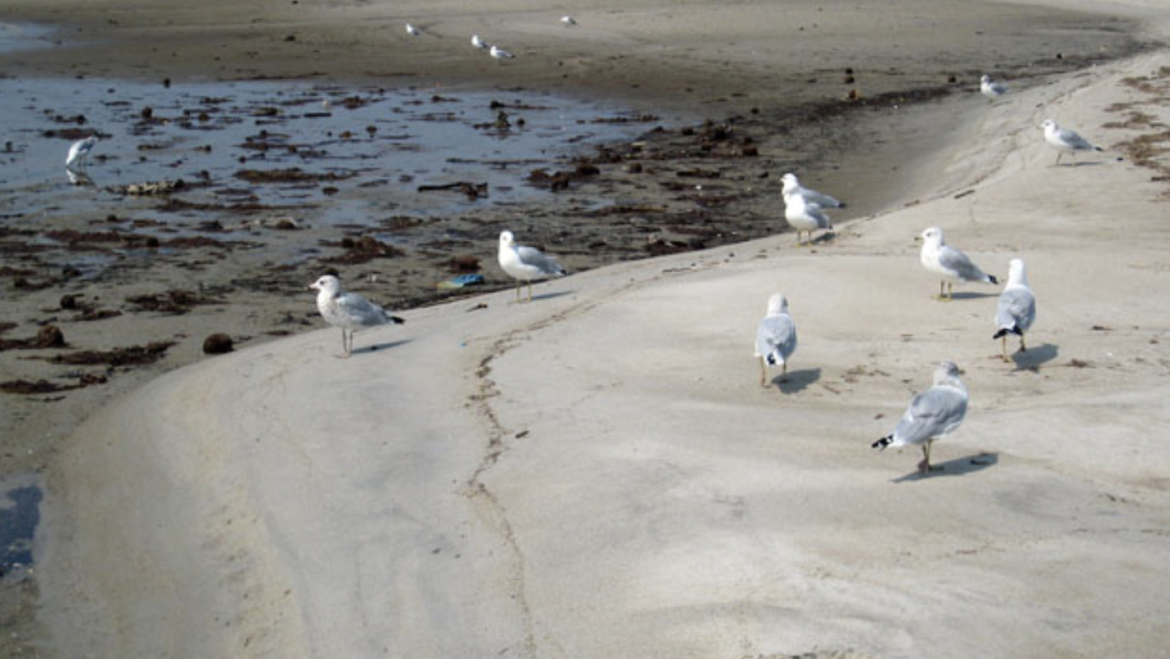Most teachers choose to study marine life in the Springtime, with Summer on it’s way. But did you know that the Fall is an even better time to learn about the fascinating coastal marine life? As educators, we all know how important it is to activate prior knowledge and background information when teaching students. In the Spring, the ocean and beach are distant memories for many students, especially the really young ones. But in the Fall, most students have spent at least a day or two at the beach while on Summer break, leaving them with a fresh impression of what the sea is like. They may have found some sea animals or shells while walking along the water’s edge. This creates invaluable building blocks for teachers to use as a foundation, making additional information more meaningful and better retained.
And if a visit to the tidal flats or tidepools is on the field trip agenda, the Fall is full of sunny, warm days, and the ocean water is at its warmest in the Fall. Planning a trip to the shore in the Spring can be tricky, with many cool, raw days, and the ocean water usually topping off somewhere in the 50 degree range.
Therefore if there’s any wiggle room in the timing of your curriculum, you may want to consider sea and marine life as a Fall unit. There will still be plenty of time to pick apples and carve pumpkins, and it could be cleverly integrated with a Christopher Columbus or Thanksgiving theme. Did you know that Pilgrims often ate lobsters when food was scarce, and even fed them to their pigs at times? Did you also know that Native Americans taught the new settlers how to grind horseshoe crab shells to make fertilizer for their gardens? As you can see, the Fall is the perfect time to study about coastal marine life!


Add Comment